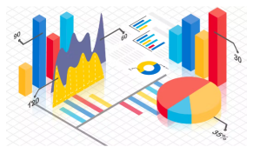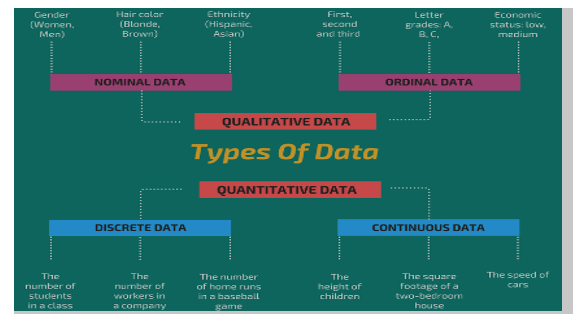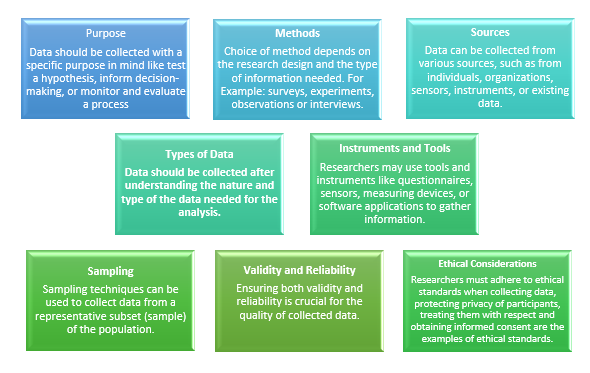Measures of Central Tendency

Measure of central tendency are the statistics which describes the center or average of the data with the help of single value from the data. This value represents the center of the data distribution. Measures of central tendency are sometimes called measures of central location. Each measure of central tendency has its strengths and weaknesses, and the choice of which to use depends on the nature of the data and the specific characteristics of the distribution.









